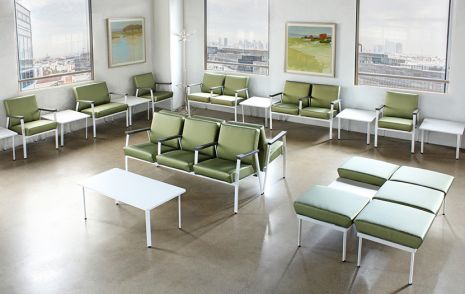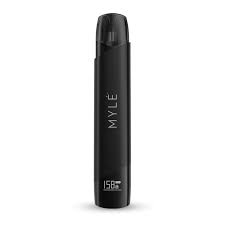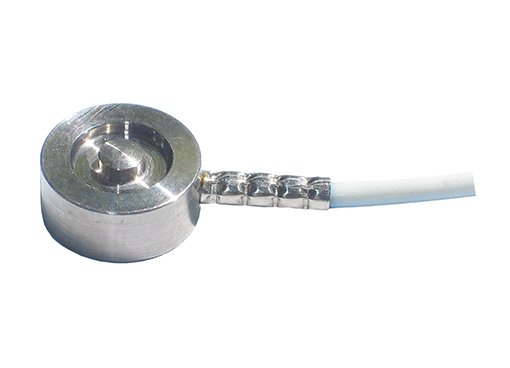Healthcare is evolving rapidly as technology reshapes how care is delivered, monitored, and experienced. From telemedicine to AI-powered diagnostics, nearly every aspect of patient care is being transformed by innovation. One area experiencing significant change is medical seating. Smart medical chairs equipped with integrated technology are becoming essential tools in hospitals, outpatient clinics, and long-term care facilities. These chairs do far more than provide a place to sit — they support patient safety, streamline workflows, and enhance treatment effectiveness.
A forward-thinking medical chair manufacturer recognizes that integrating technology into chairs is not simply a trend but an emerging standard that will define the next generation of healthcare equipment. As demand increases, manufacturers are designing chairs that intelligently adapt to patient needs and connect seamlessly with broader care systems.
The Rise of Intelligent Positioning Systems
Smart medical chairs often begin with advanced motorized positioning capabilities. Unlike traditional chairs, which rely on manual levers or basic controls, intelligent chairs feature:
- Programmable Positions: Care teams can save and recall specific recline, tilt, and height settings for individual patients or procedures.
- Automatic Adjustments: Sensors detect patient movement and automatically adapt the chair to maintain safe support and optimal posture.
- Soft Start and Stop Motors: Smooth transitions prevent sudden movements that could disturb or frighten patients.
These systems improve comfort while reducing strain for caregivers during frequent repositioning.
Integrated Patient Monitoring
One of the most transformative trends in smart chairs is the integration of health monitoring sensors. Many chairs now feature built-in technologies that continuously track vital signs such as:
- Heart rate
- Blood pressure
- Oxygen saturation
- Weight
Data collected by the chair can be transmitted wirelessly to electronic health records (EHR) or displayed on connected monitors. This reduces the need for separate equipment, speeds up clinical assessments, and supports more proactive care interventions.
IoT Connectivity and Data Sharing
The Internet of Things (IoT) has reached medical seating, enabling chairs to connect with hospital networks, smart devices, and cloud-based analytics platforms. Benefits of IoT-enabled chairs include:
- Real-Time Alerts: If a patient’s vital signs cross critical thresholds, the system can immediately notify staff.
- Usage Analytics: Facilities can track how often chairs are used, how long patients remain seated, and maintenance needs.
- Remote Support: Manufacturers can diagnose and troubleshoot issues without requiring on-site visits.
IoT connectivity ensures that chairs are part of a larger, data-driven care ecosystem that improves efficiency and safety.
Enhanced User Interfaces for Patients and Caregivers
Smart chairs prioritize ease of use through modern control interfaces:
- Touchscreen Displays: Intuitive panels with clear icons allow patients to adjust positions independently.
- Voice Commands: Integrated voice control helps patients with limited mobility operate the chair without assistance.
- Mobile Apps: Care teams can adjust chair settings and review patient data from tablets or smartphones.
These interfaces empower patients while simplifying workflows for clinicians.
Built-In Safety Systems
Smart chairs integrate advanced safety features to protect patients during use:
- Weight Sensing: Alerts staff if a patient attempts to exit unassisted, reducing fall risk.
- Obstacle Detection: Sensors prevent the chair from moving if an obstruction is detected underneath or nearby.
- Lockout Modes: Prevents accidental adjustments during transfers or procedures.
Such innovations help prevent common injuries and instill greater confidence in both patients and caregivers.
Comfort and Pressure Management Technologies
Pressure injuries remain a serious concern in healthcare environments, especially for patients with limited mobility. Smart chairs increasingly include:
- Dynamic Air Cell Systems: Automatically adjust air pressure in cushions to redistribute weight.
- Temperature Regulation: Heating and cooling elements keep patients comfortable and help manage circulation.
- Moisture Sensors: Detect excess moisture and alert staff to intervene, reducing skin breakdown risk.
These technologies promote better health outcomes while improving patient experience during prolonged seating.
Sustainability and Smart Resource Management
Another emerging trend is the combination of smart functionality with sustainable design. Many chairs now include:
- Energy-efficient motors
- Recyclable materials
- Software that optimizes power use during idle periods
By integrating technology and sustainability, manufacturers help facilities reduce their environmental footprint without compromising quality.
Future Outlook
Looking ahead, smart medical chairs are likely to become even more intelligent and connected. Developments on the horizon include:
- AI-driven predictive maintenance that prevents equipment failure
- Integration with wearable devices for a more complete health profile
- Enhanced telehealth capabilities, enabling remote assessments and chair adjustments
These innovations will further solidify the role of smart chairs as indispensable assets in modern care delivery.
Conclusion
The evolution of smart medical chairs is a testament to the healthcare industry’s commitment to innovation, safety, and patient-centered care. As integrated technology becomes the norm, healthcare providers will increasingly rely on chairs that monitor health, adapt automatically, and connect seamlessly with care systems. By embracing these trends, facilities can improve outcomes, streamline workflows, and deliver a more comfortable, dignified experience for every patient.



